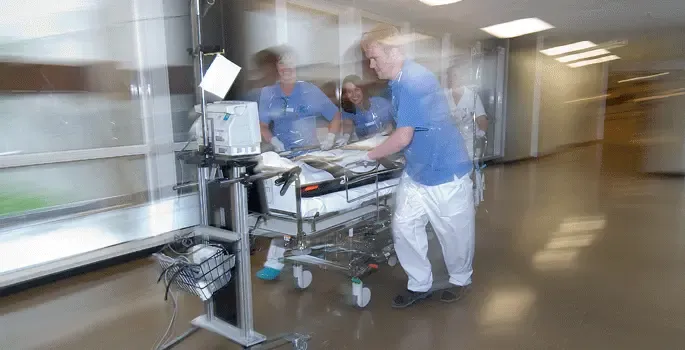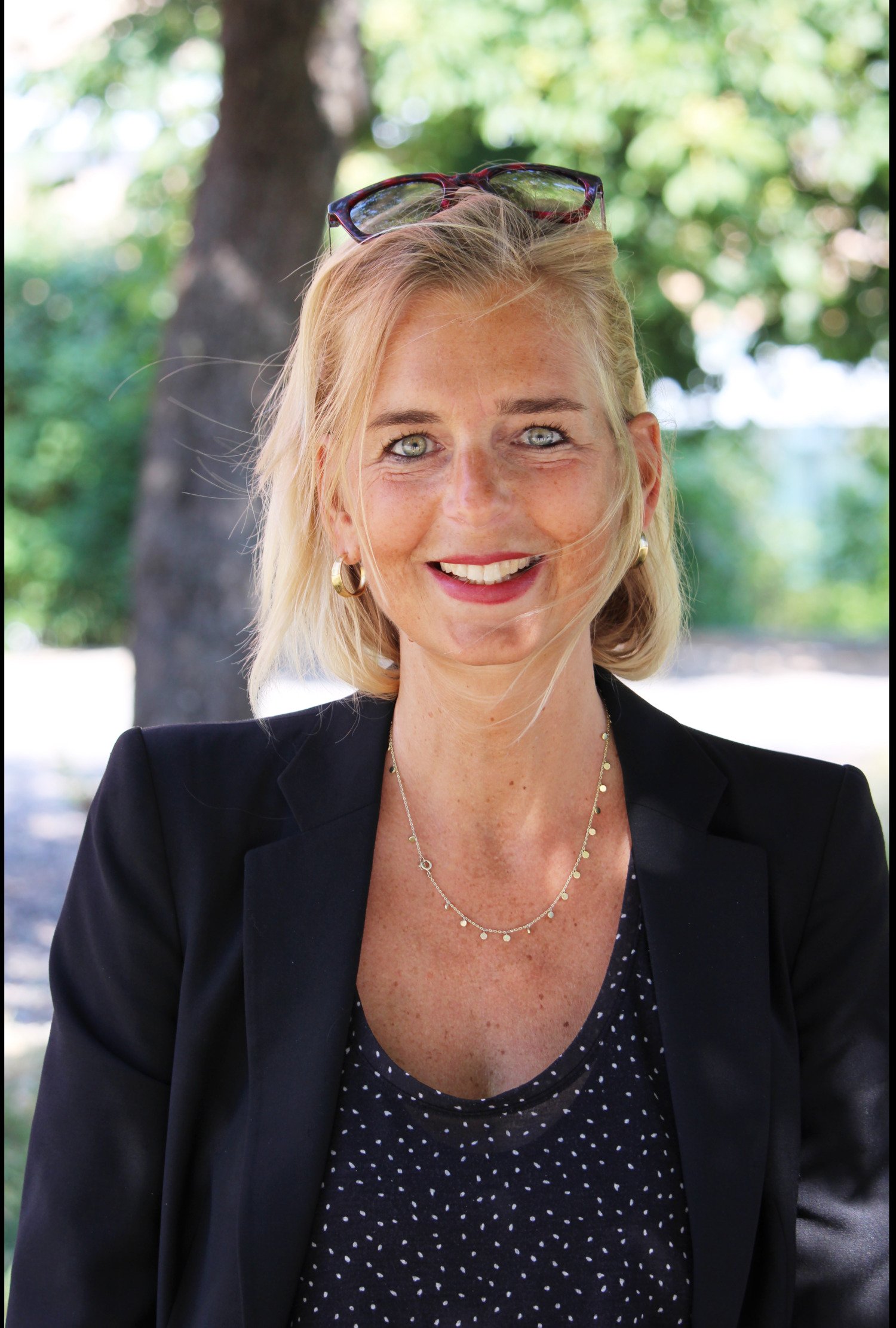Preparedness in intensive care and the need for prioritisation

Healthcare is a societal function that needs to function both in everyday life and in a health crisis. In any health crisis, be it a natural disaster, war in an unstable Europe or a new pandemic, the number of patients in need of care will increase. Among them, a certain proportion will be critically ill in need of intensive care. This will require difficult decisions and prioritisation from their doctors.
In a health crisis, intensive care is likely to be one of the types of care that will reach its maximum capacity, especially since Sweden already has a very limited number of intensive care beds per capita.
Scaling up intensive care quickly is also a major challenge, because it requires a large stock of advanced technical equipment, but perhaps most of all because it requires a large number of specially trained staff.
When the resources do not meet the needs
The definition of a health crisis is that the available resources do not match the needs. This means that the event itself, such as a pandemic, a terrorist attack or a war, does not determine whether a crisis occurs. What matters is the resources available to deal with it.
Increasing regular resources in intensive care may push the boundaries of when a crisis occurs, but it is neither realistic nor desirable for regular resources to be permanently oversized.
It is therefore important to prepare in advance for an increased capacity to respond when a crisis occurs.
One person who has taken an interest in the question of how intensive care in particular prepares for situations when needs exceed resources is Märit Halmin, an anaesthesiologist and expert coordinator in intensive care with scarce resources at the Centre for Health Crises, Karolinska Institutet.

"Intensive care is a resource-intensive form of care. It is also a form of care that often comes into particular focus in a health crisis. War, infectious disease outbreaks, a chemical accident, the list of potential events is long, but they all lead to increased pressure on intensive care. That's why I think it's important to look at preparedness in that area," she says.
Prioritisation is needed
Märit Halmin has worked in low-resource contexts and in health crises abroad, where the situation of needs exceeding available resources is a normal state of affairs.
She has also experienced this in Swedish healthcare, not least during the COVID-19 pandemic. She notes that a crisis requires difficult prioritisation.
"I think we should be honest about the fact that prioritisations are already being made today" says Märit Halmin. "Our resources are not unlimited, but in a health crisis, much harder prioritisations must be made. Prioritisations that determines who should get the last intensive care bed, and by extension, who should be given the chance to survive. Making such decisions is difficult. Support and tools are needed to ensure that decisions are made fairly and equally across the country."
At the Centre for Health Crises, Märit Halmin and several colleagues are working on issues related to prioritisation, with the aim of strengthening preparedness to cope with situations where needs exceed resources.
Among other things, Dr Halmin has conducted a pilot study on how medical students view prioritisation. Together with colleagues at the Centre, she is currently conducting focus group interviews to map the experiences of healthcare professionals during the COVID-19 pandemic. Among other things, the researchers are looking at the issue of prioritisation.
